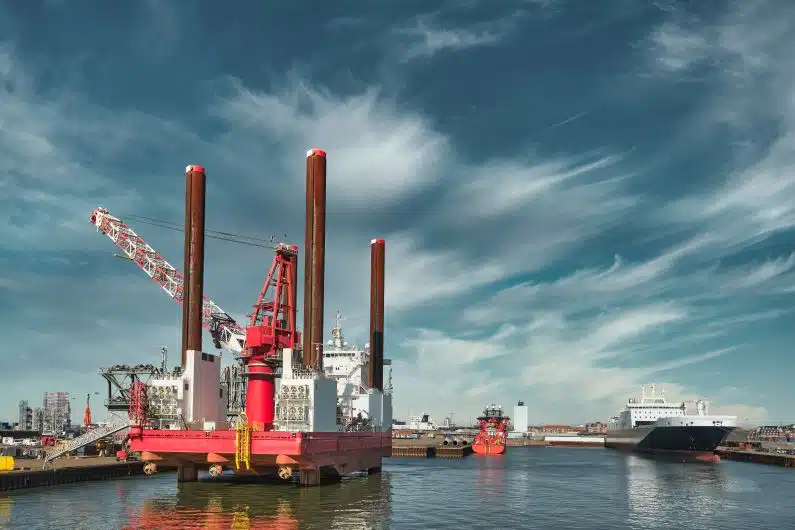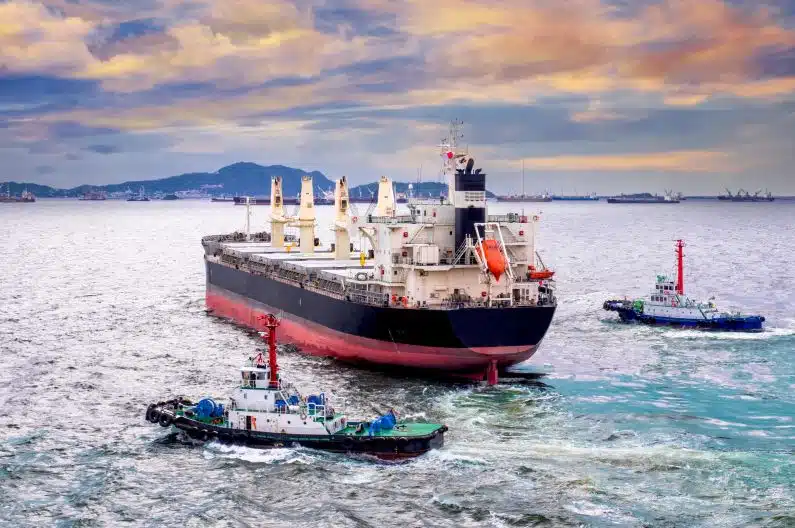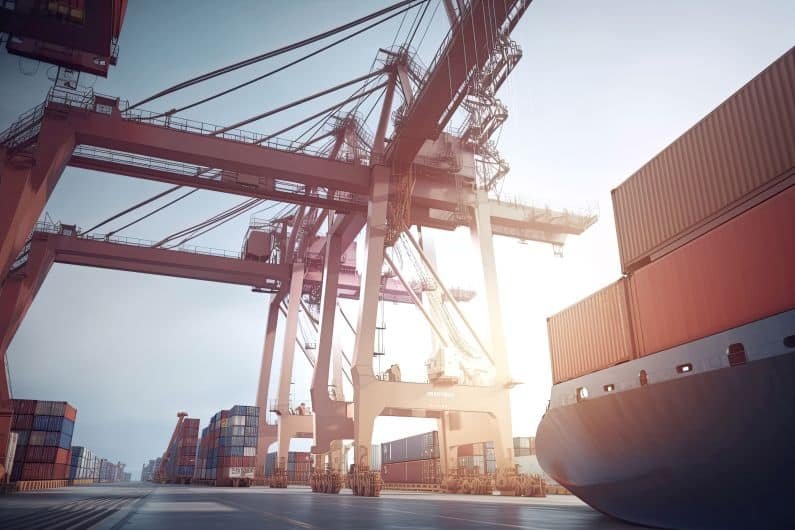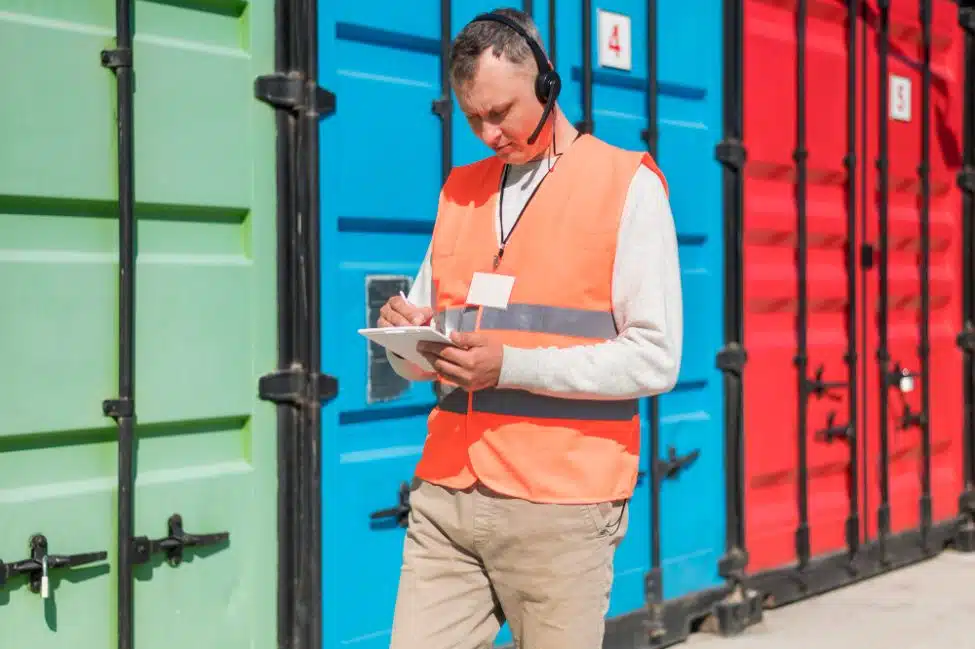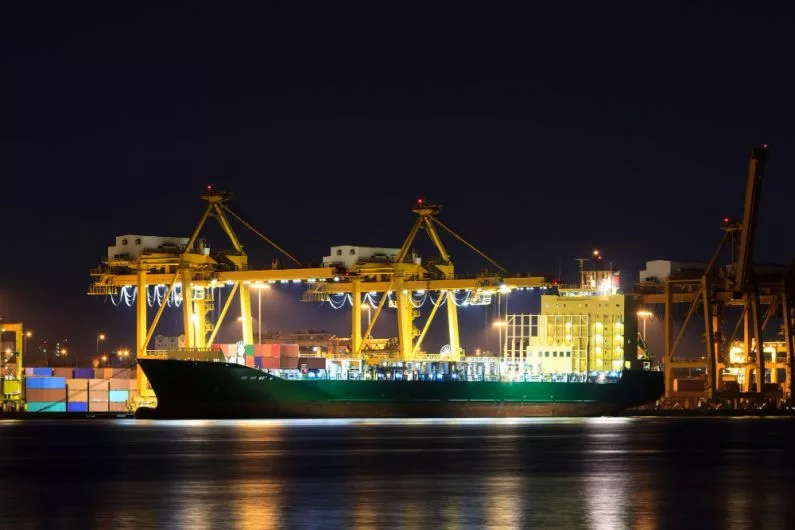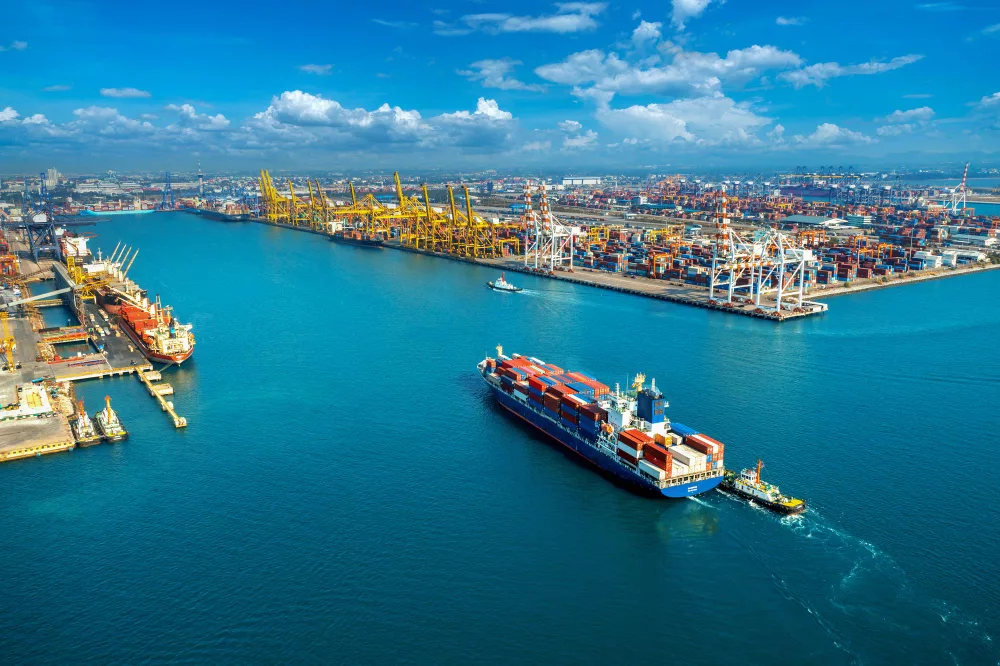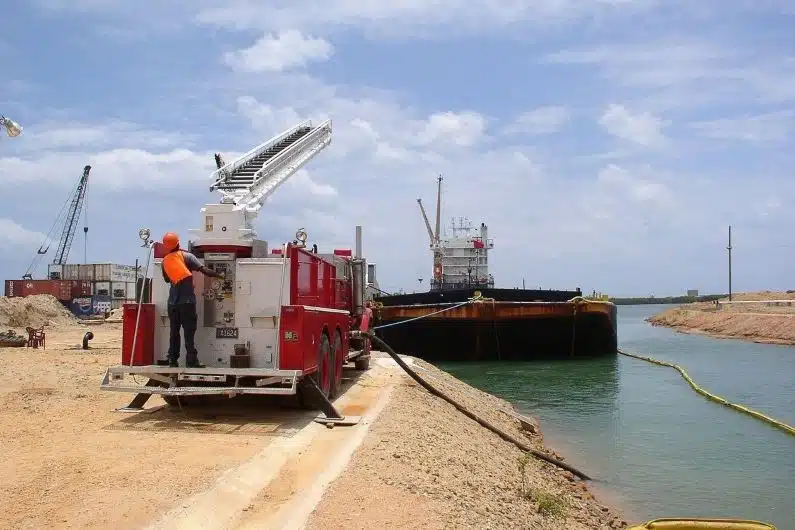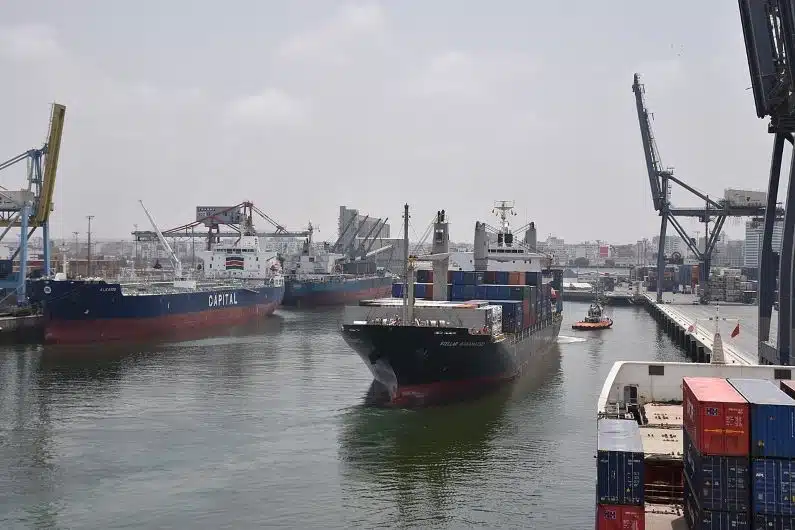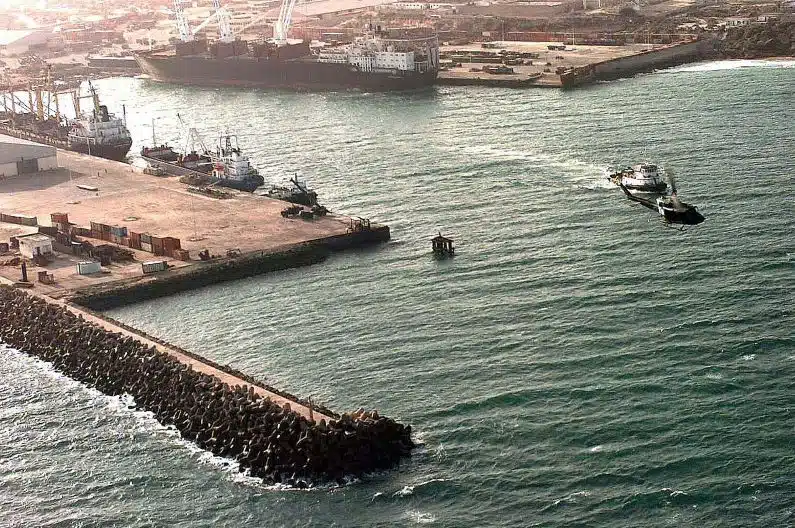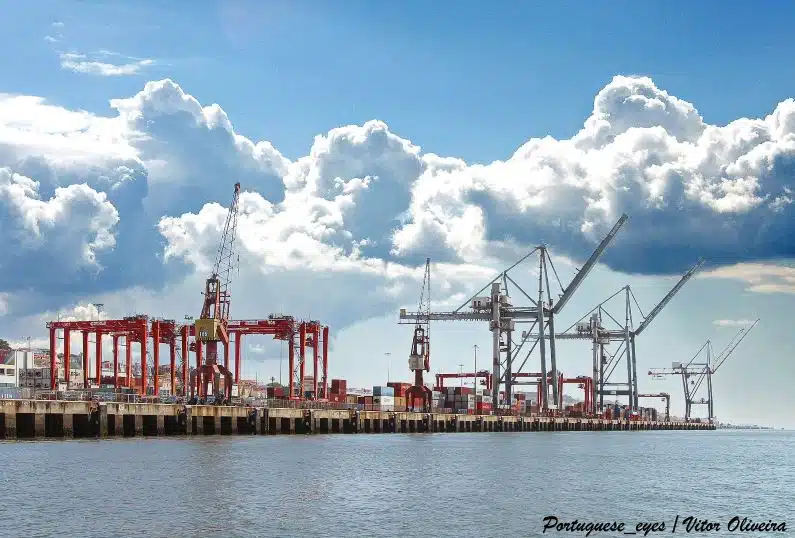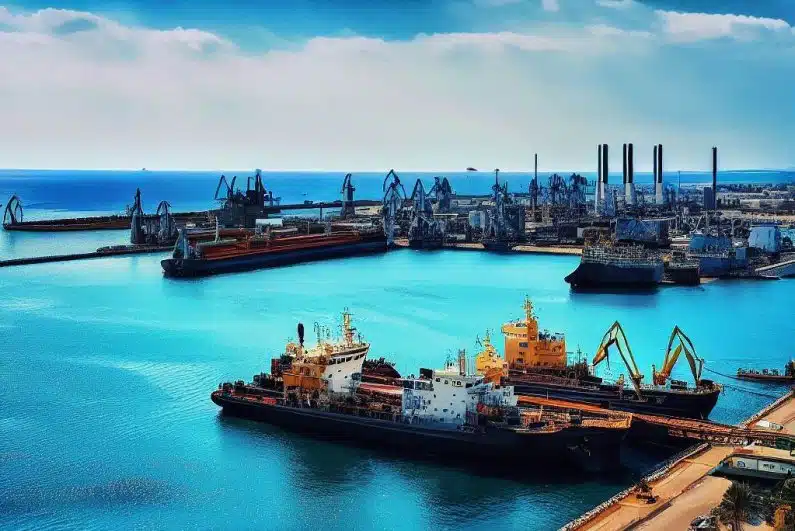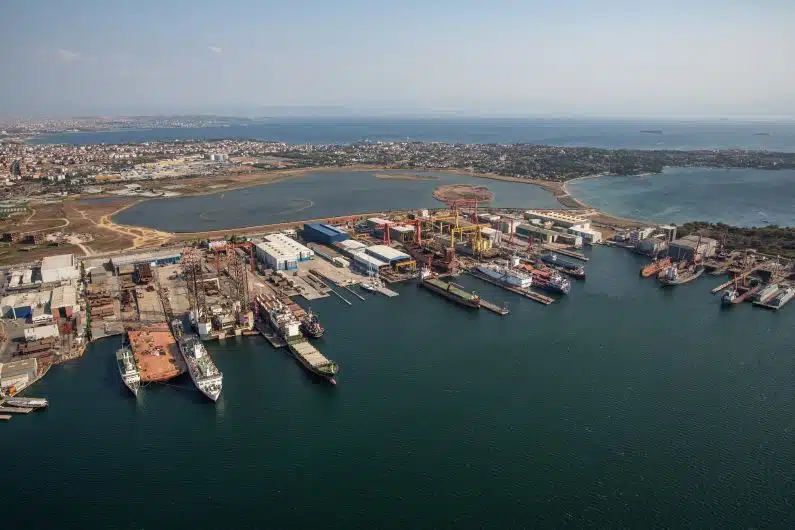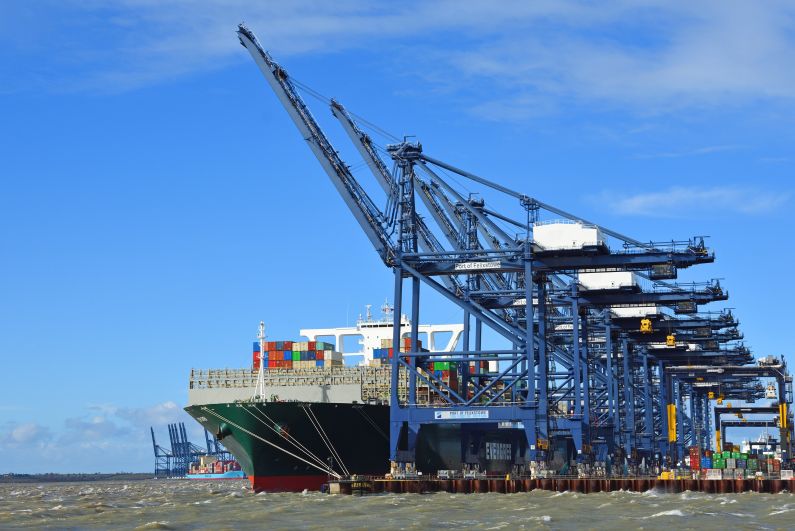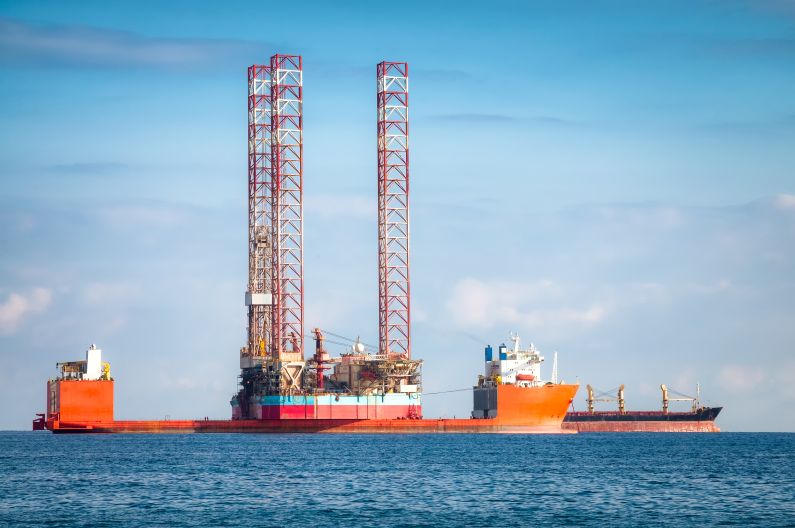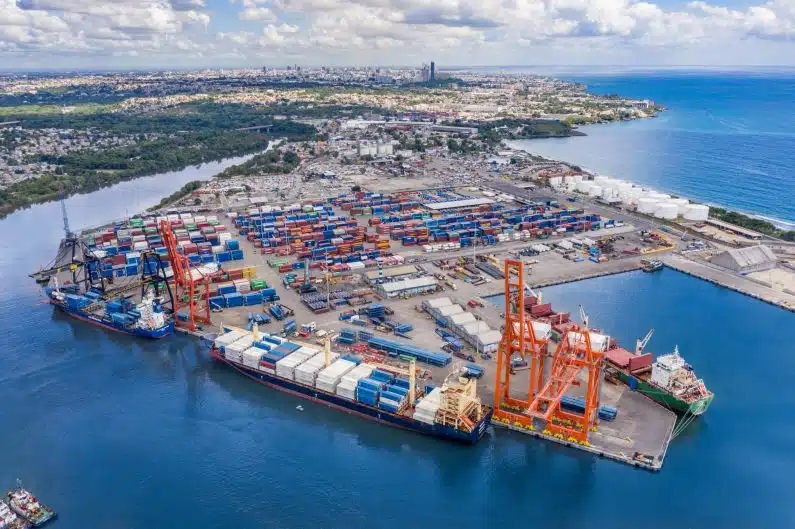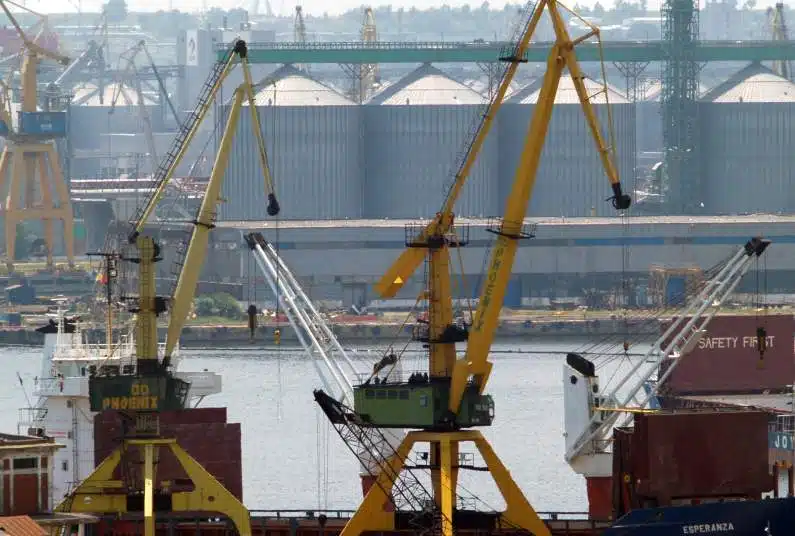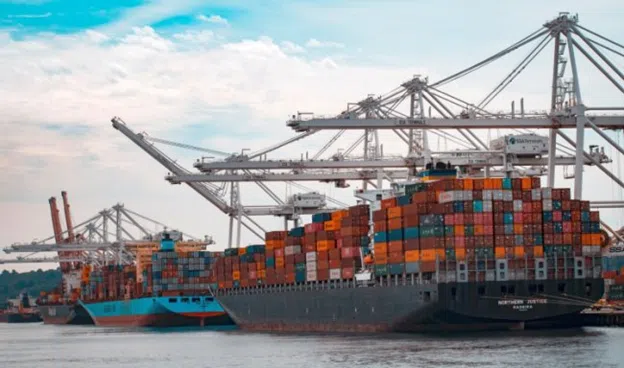Shipping goods to Denmark from Houston, USA can open up new opportunities for businesses looking to expand their reach in European markets. Denmark, known for its strong economy and well-developed infrastructure, offers a favorable business environment and access to the larger European Union market. Texas International Freight, a trusted shipping partner, can assist you in navigating the complexities of shipping to Denmark, providing essential information and key considerations to ensure a successful and seamless shipping experience. This comprehensive guide will provide valuable insights to businesses in Houston looking to ship goods to Denmark.
Understanding the Importance of Shipping to Denmark
Denmark, located in Northern Europe, is a prosperous and progressive country with a thriving economy. It is known for its advanced manufacturing, renewable energy, pharmaceuticals, and agricultural sectors. Shipping goods to Denmark allows businesses to tap into this dynamic market and benefit from its strong consumer base and high purchasing power.
Shipping Heavy Equipment to Denmark
When shipping heavy equipment to Denmark, it’s essential to consider the size, weight, and transportation requirements of your machinery. Depending on the equipment’s dimensions, you may opt for specialized shipping methods such as flat racks or open-top containers to accommodate oversized or bulky items. Working with experienced logistics partners familiar with handling heavy equipment can ensure a smooth and secure shipping process.
Shipping Other Freight to Denmark
In addition to heavy equipment, Denmark welcomes the shipment of various types of freight. Whether it’s commercial products, personal belongings, or goods for your e-commerce business, you can leverage Denmark’s well-connected logistics network to transport your freight efficiently. By choosing the appropriate shipping method and partnering with reliable logistics providers, you can ensure the safe and timely delivery of your goods.
Navigating Customs and Regulations
When shipping heavy equipment and other freight to Denmark, it’s crucial to comply with customs regulations and documentation requirements. Understanding the customs procedures and necessary documentation is crucial for a smooth shipping process. Key aspects to consider include:
Customs Documentation: Essential documents such as commercial invoices, packing lists, and bills of lading must be prepared accurately and in compliance with Danish customs requirements.
Customs Duties and Taxes: Familiarize yourself with the applicable customs duties, value-added tax (VAT), and other taxes that may be levied on imported goods.
Restricted and Prohibited Items: Denmark has specific regulations regarding the import of certain goods, including firearms, narcotics, and endangered species. Ensure your goods comply with these regulations to avoid delays or penalties.
Choosing the Right Shipping Method
When shipping to Denmark from Houston, you have several shipping methods to consider, including:
Ocean Freight: Ocean shipping is a cost-effective option for transporting large volumes of goods. You can choose between full container load (FCL) or less-than-container load (LCL) options based on the size and quantity of your shipment.
Air Freight: Air shipping offers faster transit times and is suitable for time-sensitive or high-value shipments. It is ideal for smaller cargo or urgent deliveries.
Road and Rail Freight: If your goods are located in continental Europe, you can consider utilizing road or rail freight to transport them to Denmark. These options offer convenient connectivity and can be combined with other modes of transport for a seamless logistics solution.
Partnering With Freight Forwarders and Customs Brokers
Working with experienced freight forwarders and customs brokers can streamline the shipping process and ensure compliance with Danish customs regulations. They can assist with documentation, arrange transportation, handle customs clearance, and provide valuable guidance on logistics and shipping best practices.
Shipping Costs and Transit Times
Shipping costs and transit times to Denmark can vary depending on factors such as the shipping method, distance, volume, and weight of the goods. It is advisable to obtain quotes from multiple shipping providers and consider factors like reliability, track record, and customer reviews when choosing the most suitable option.
Additional Considerations for Shipping to Denmark
Packaging and Labeling
Proper packaging and labeling are essential to protect your goods during transit and ensure compliance with international shipping standards.
Insurance
Consider obtaining cargo insurance to protect your shipment against potential damage or loss during transportation.
Incoterms
Understand the Incoterms (International Commercial Terms) that define the responsibilities and liabilities of buyers and sellers in international trade. Selecting the appropriate Incoterm can clarify the terms of the sale and the distribution of costs and risks.
Conclusion
Shipping to Denmark from Houston offers not only access to the European market but also the opportunity to transport heavy equipment and various types of freight. By understanding customs regulations, selecting the appropriate shipping methods, and partnering with reliable logistics experts, businesses can successfully navigate the shipping process. Consider factors such as packaging, insurance, and Incoterms to ensure the safe and efficient delivery of goods to Denmark, allowing you to capitalize on the country’s prosperous economy and expand your customer base.
FAQs
Q: What are the key customs documentation requirements when shipping goods to Denmark from Houston, USA?
A: When shipping goods to Denmark, it is important to prepare essential customs documents such as commercial invoices, packing lists, and bills of lading in compliance with Danish customs regulations.
Q: What are the available shipping methods for transporting goods to Denmark from Houston?
A: There are several shipping methods to consider, including ocean freight, air freight, and road or rail freight. Ocean freight is cost-effective for large volumes, air freight offers faster transit times for time-sensitive shipments, and road or rail freight can be suitable for goods located in continental Europe.
Q: What are the weight and size restrictions for heavy shipping to Denmark?
A: Denmark has specific weight and size restrictions for heavy shipping. It is important to comply with these regulations to ensure smooth transportation. Consult with a shipping provider for specific limits.
Q: What are the preferred shipping methods for heavy equipment to Denmark?
A: Preferred methods for heavy equipment shipping to Denmark are sea freight and road transportation. Choose the method based on the equipment’s size, weight, and urgency.
Q: Are permits or documentation required for heavy equipment shipping to Denmark?
A: Yes, permits and specific documentation may be required. Ensure compliance with customs regulations and obtain necessary permits. Consult with customs brokers for guidance.

